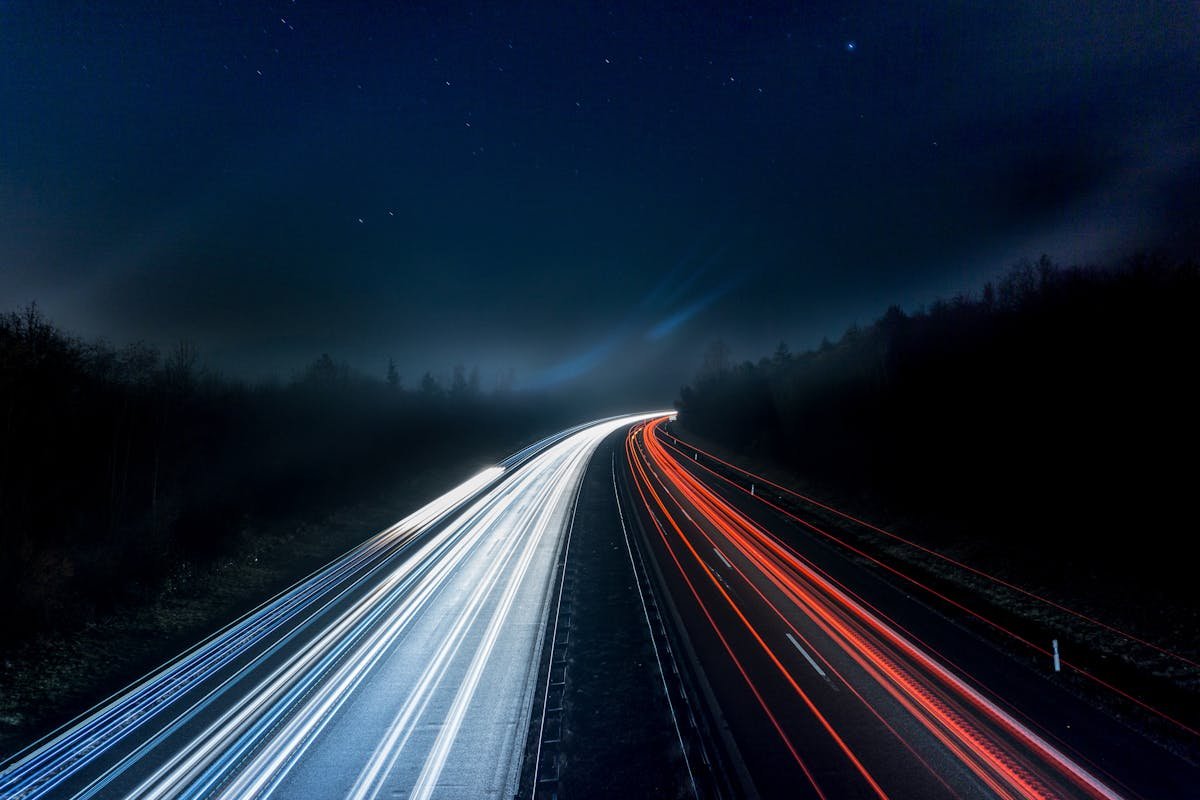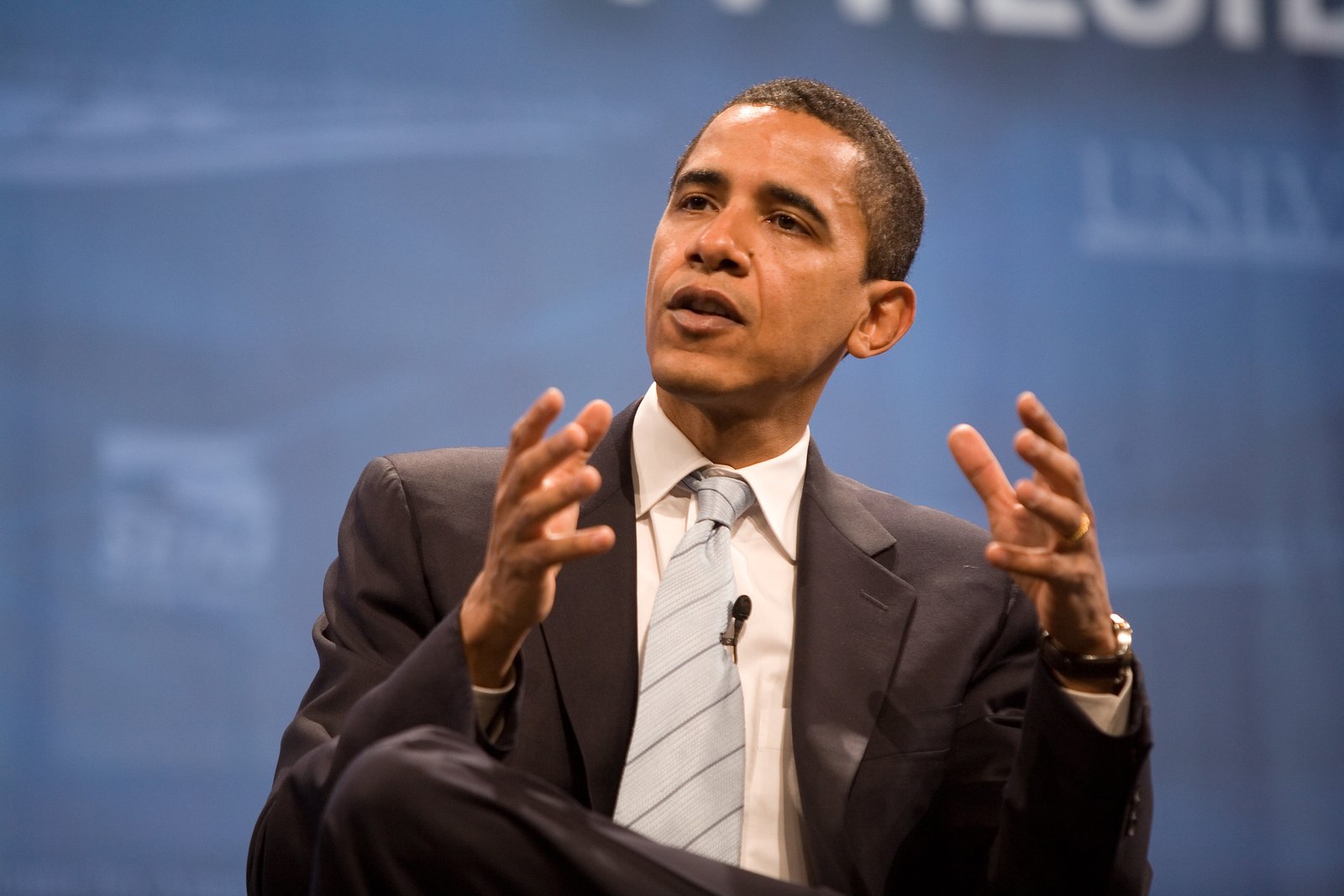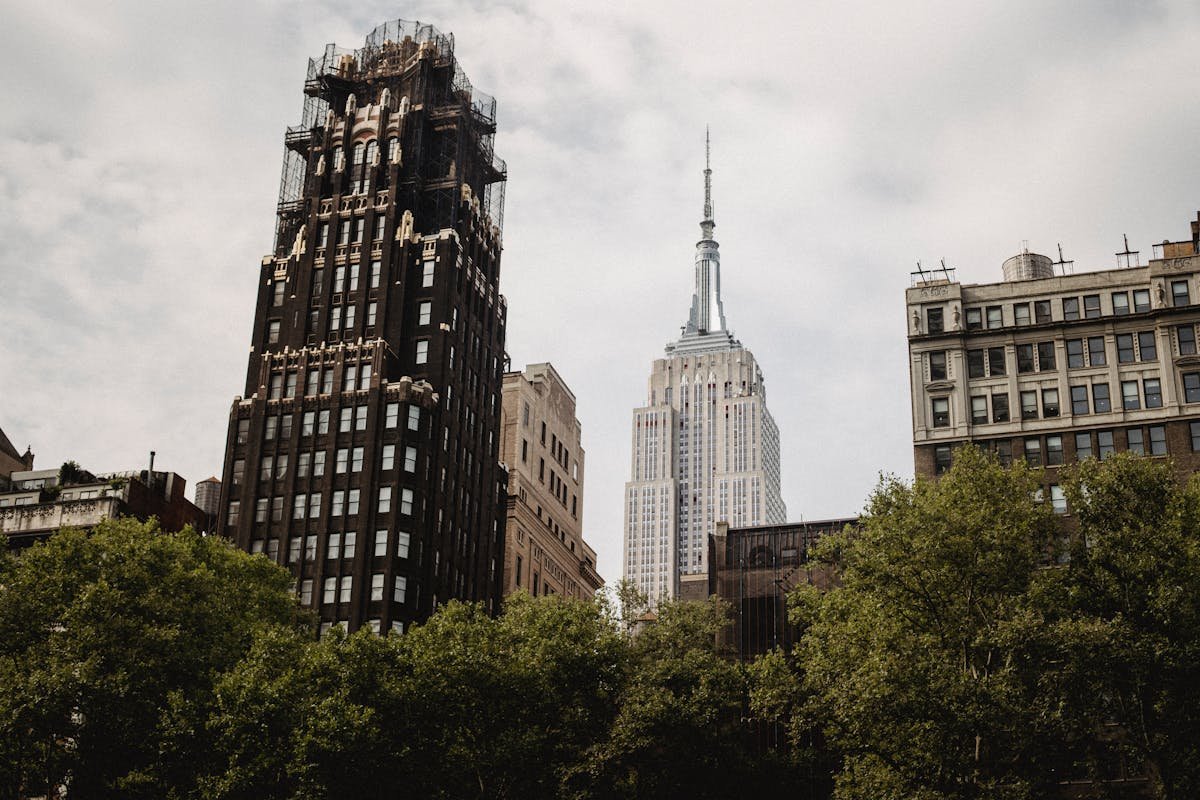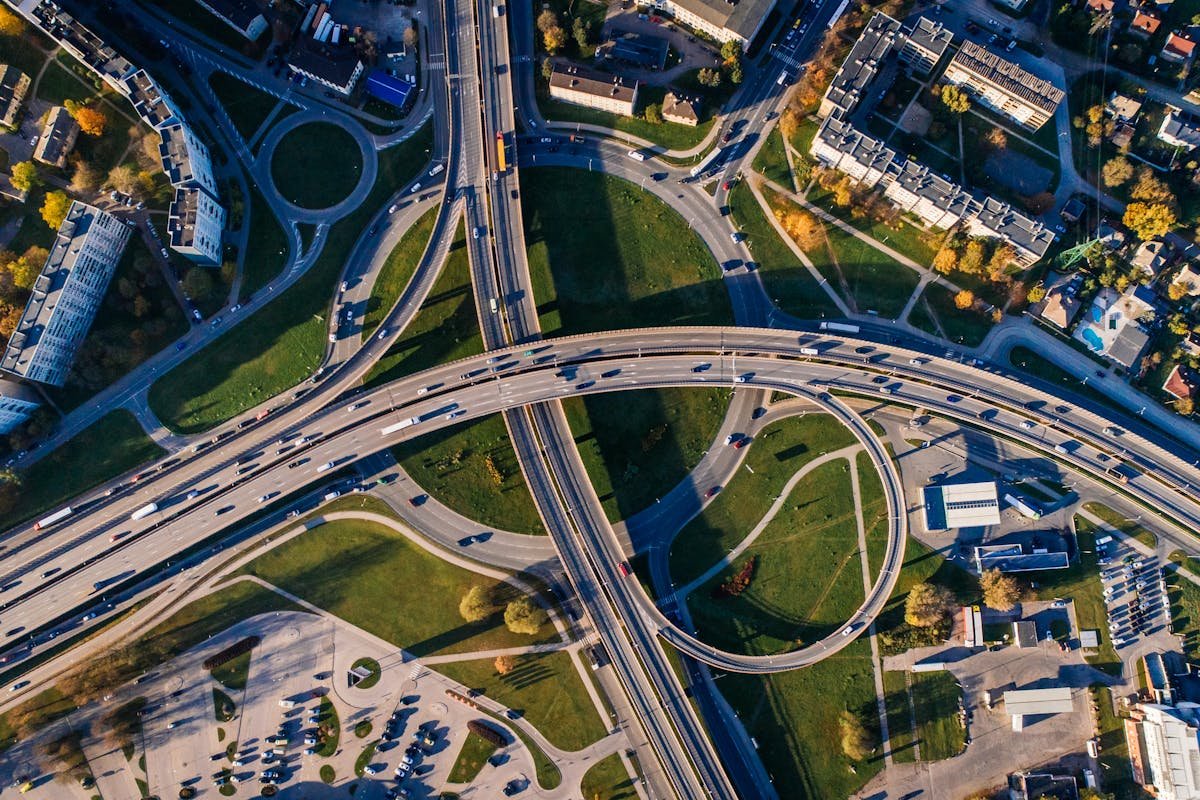From Highways to Hell: The True Cost of Car-Centric Cities
Transportation & Urban Development / Date: 06-23-2025

We didn’t build cities for people. We built them for machines—and now, we’re the ones paying the price.
Automobiles are often associated with freedom. That dream of the open road? Unknown destination, wind in your hair, and the buzz of the engine? Yes, it's cute. However, that ideal quickly becomes a nightmare if you try to find parking in Manhattan or drive that route during rush hour in Los Angeles.
This post isn’t just a rant about traffic (though it deserves one). It’s a deep dive into the ugly truth behind car-centric urban design: How it kills communities, wrecks the planet, and isolates us more than we realize. You’ll also find out how we ended up here—and why it’s way harder to escape than you think.
How We Got Stuck in the Fast Lane (and Why It’s Slowing Us Down)
You might think cars naturally became the center of modern life. Not exactly. After World War II, the U.S. (and later, much of the world) went all-in on one big idea: Cars = progress. Highways were rolled out like red carpets. Suburbs exploded. Public transit got the cold shoulder.
Sounds like a good plan, right? Wrong.
We didn’t just build roads—we redesigned cities to make anything but driving nearly impossible. Want to walk to the store? Sorry, it's three miles away across six lanes of traffic. Bike to work? Hope you like near-death experiences.
And the saddest part? This wasn’t some innocent accident. It was a mix of lobbying by car companies, racist zoning laws, and a total lack of imagination.
The Real Cost of Car-First Cities
Forget just the gas bill. The price of designing cities around cars goes way deeper—and darker.
H3: Death by Design
Let’s start with the obvious: Cars kill people.
In the U.S. alone, nearly 43,000 lives were lost in 2023 from vehicle-related incidents. That’s more than gun deaths. More than most wars.
And here’s the twist: Most of those deaths aren’t even the drivers. Pedestrians, cyclists, kids crossing the street—they’re the collateral damage in a system built to prioritize speed over safety.
Cities with wider roads and higher speed limits? Deadlier. Period.
H3: The Climate Bomb Nobody Talks About
You already know cars are bad for the planet. But the real kicker? It’s not just the driving—it’s everything that supports it.
Think:
- Endless miles of concrete roads and parking lots
- Massive urban sprawl requiring more infrastructure
- Constant paving, repaving, and expanding
All of it contributes to rising emissions, heat islands, and floods. Car-centric cities don’t just contribute to climate change—they amplify it.
H3: Isolation in the Fast Lane
Ironically, cars were supposed to bring us closer. But they’ve done the opposite.
In walkable cities, people bump into neighbors, visit local shops, and interact naturally. But in car-first suburbs? You drive alone. You sit in traffic. You park, shop, leave. Rinse and repeat.
It’s no coincidence that loneliness, depression, and obesity are highest in car-dependent communities. You can’t walk anywhere. There are no third places—no parks, plazas, or lively streets where life happens.
And yeah, I’ve lived in both. Trust me: A two-hour commute is soul-crushing.
Parking Lots Are Eating Our Cities
No joke—some cities have more parking space than housing.
Each household in Houston has 30 parking spaces. There are more than 200 square miles of parking in Los Angeles. More land than some whole cities, that is.
Now ask yourself—what could we do with that space instead?
Parks? Affordable homes? Libraries? Literally anything would be better.
But instead, we paved paradise. Put up a parking lot. (Joni Mitchell warned us, y’all.)
Highways Destroy More Than Just Landscapes
Here’s something history books usually skip: Highways didn’t just “connect” cities. Additionally, they tore apart communities, particularly impoverished and Black communities.
In the 1950s and 60s, urban highways were often intentionally routed through minority neighborhoods, displacing families, bulldozing homes, and walling off entire districts.
Take a look at New Orleans' Claiborne Expressway or the I-81 in Syracuse. These weren’t accidents—they were design choices.
Fast forward to now, and those communities are still struggling. And guess what? Many of those same highways are still there, dividing cities like scars that never healed.
The Suburbia Trap: Why You Can’t Just Walk to the Store
Suburbs were sold to us as peaceful, family-friendly havens. White picket fences. Big yards. Safety.
But what they really created was dependence.
You need a car to get groceries. To get to work. To take your kid to school. And forget buses—most don’t even go out there. It’s like the suburbs were built with the assumption that every person, including teenagers, has a car.
So what happens when gas prices spike? Or when you can’t afford a car? You’re stuck. And that’s no accident. That’s how the system was built.
What About Public Transit?
Here’s the thing—public transit could be amazing. It works beautifully in places like Tokyo, Paris, or even Bogotá.
But in most car-centric cities? It’s an afterthought.
Funding gets slashed. Routes are confusing or slow. Buses don’t come on time. Trains are outdated. And then officials wonder why nobody uses it.
Meanwhile, highways get billions in upgrades. See the pattern?
So, What’s the Fix?
I’m not saying ban cars. That’d be dumb. But we can stop designing everything only for them.
Here’s what helps:
- More bike lanes (real ones—not painted death traps)
- Bus rapid transit systems with dedicated lanes
- Zoning reforms so people can live near jobs and shops
- Walkable neighborhoods with basic stuff nearby
- Removing urban highways and healing split communities
Places like Amsterdam, Paris, and even parts of NYC are already doing it. And it’s working. People walk more. Local businesses thrive. Pollution drops.
But here’s the twist—change pisses people off. Every time a bike lane replaces a parking spot, drivers cry foul. But we’ve tried their way for 70+ years. And look where that got us.
Follow Us
Newsletter
Subscribe to our newsletter to stay updated with our latest news and offers.
We respect your privacy.Trending










